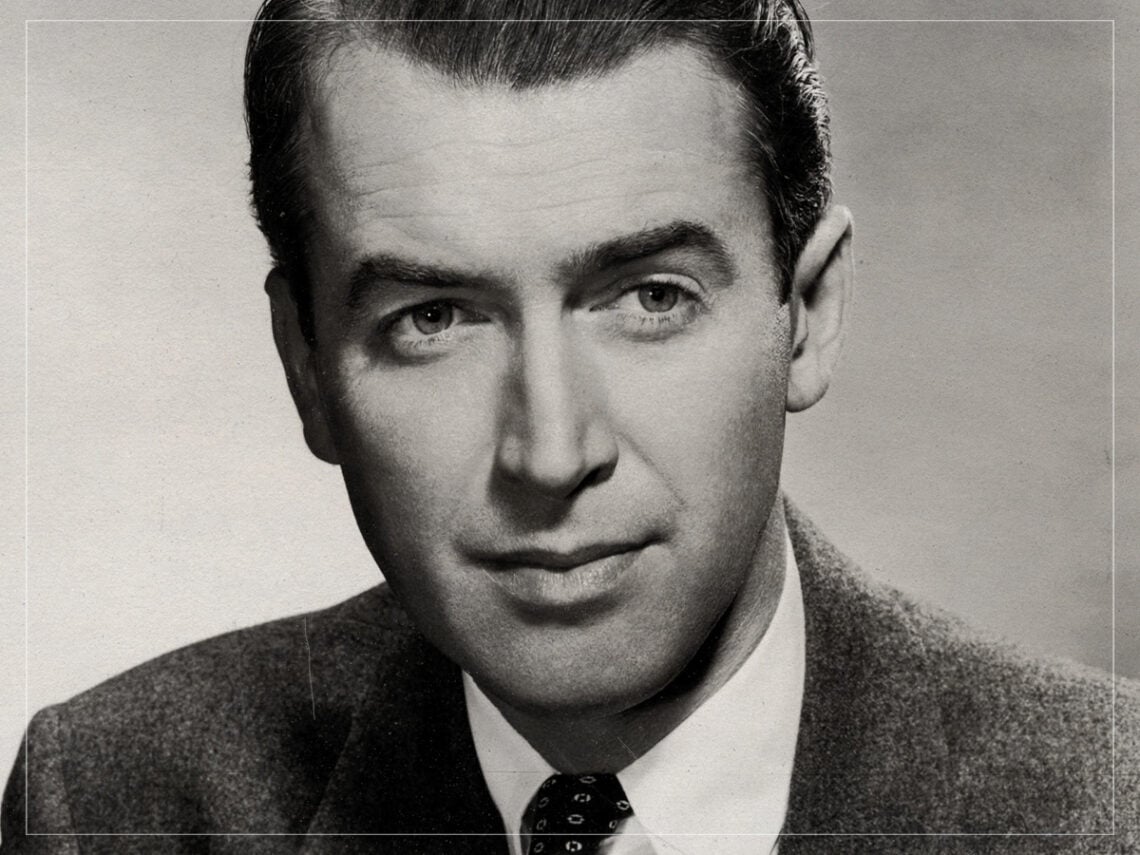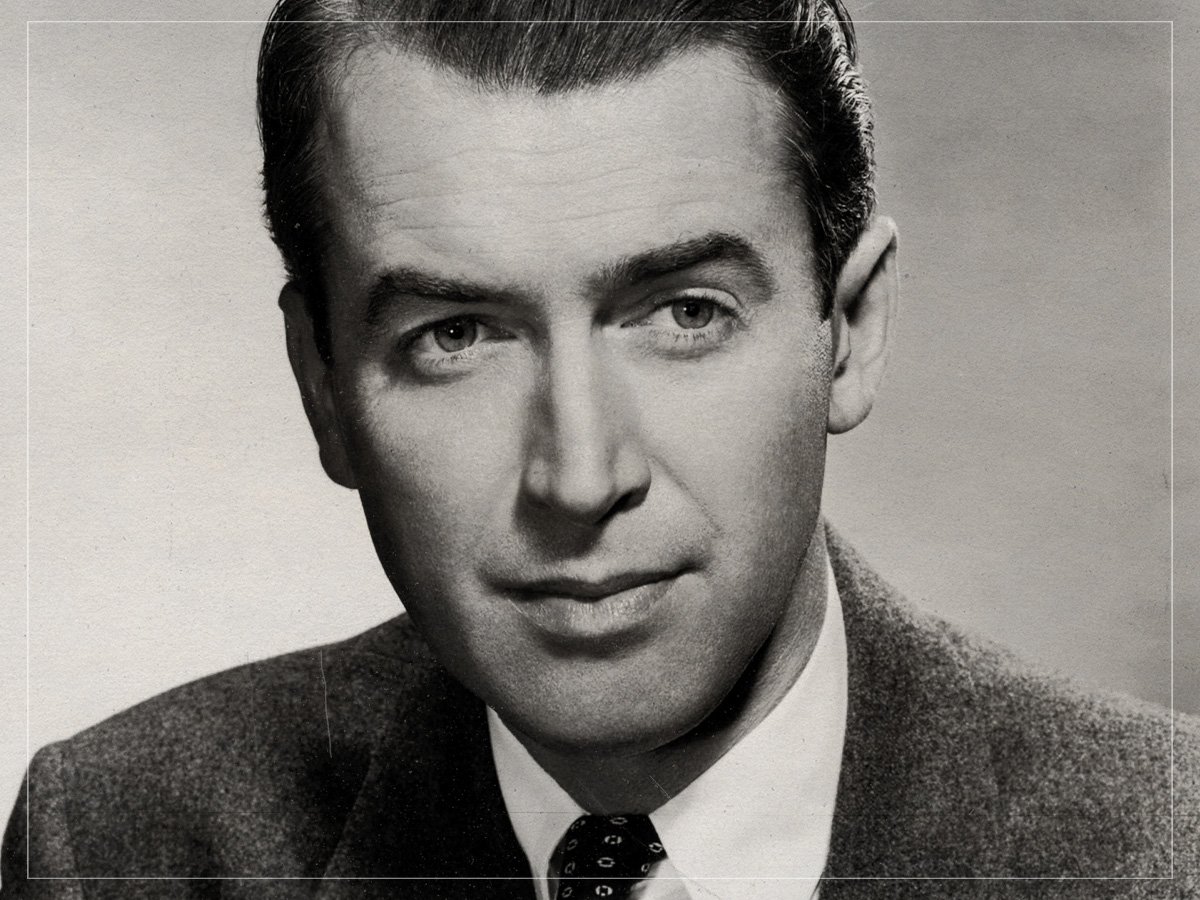
(Credits: Far Out / Wikimedia Commons)
Fri 10 October 2025 0:30, UK
James Stewart racked up enough impressive acting credits in his tenure as a star that you’d be lucky to have just one of them in your filmography. The actor certainly knew how to pick a good role, which included the iconic Christmas classic It’s A Wonderful Life.
While he featured in many Alfred Hitchcock films and appeared alongside John Wayne in The Man Who Shot Liberty Valance, it’s Frank Capra’s charming festive tale that has perhaps most familiarised people with the star, whose portrayal of George Bailey remains simply iconic. Yet, there was a time when Stewart rallied against the film, so much so he took it up with Congress.
Well, let me explain. The thing is, Stewart was immensely proud of the film, which debuted in 1946 and eventually became his most beloved project he’d ever been a part of. So, when a new trend began to emerge in the 1980s, which saw studios taking old films and colourising them, he was furious. Stewart couldn’t see why It’s A Wonderful Life should be taken out of black-and-white and artificially coloured for the sake of modern audiences who might not be as familiar with monochromatic movies.
He had a fair point. If a film was originally made in black and white, it should be left that way. Tampering with the look of a movie – especially when the director’s no longer around to weigh in – goes completely against their artistic vision. And let’s be honest, colourised films rarely look quite right. You can tell it’s not true to what the actors were wearing or what the sets actually looked like. So whose vision is it, really?
Stewart was among various actors and filmmakers who rallied against this colourisation trend, including Ginger Rogers and John Huston. Various films were subject to this awful cinematic trend and their makers weren’t happy about it, and for Stewart, this tampering with It’s A Wonderful Life was a crime he simply couldn’t let slide.
Stewart didn’t arrive in person to testify, but he wrote a letter which Rogers read out, not holding back on his distaste for movies being bastardised like this. He compared the film to “a bath of Easter egg dye” (via The New York Times), adding, “Gloria Graham played a character named Violet, so someone thought it would be cute to have all her costumes in violet. That is the kind of obvious visual pun that Frank Capra never would have considered.”
Interestingly, Capra was initially intrigued by the colourisation process, and he even met with a company that showed him some scenes of his movie with added colour, subsequently giving his written permission to have the film edited. He soon changed his mind, though, when it became clear that he had no control over how the film would look.
Capra didn’t want It’s A Wonderful Life to end up looking like a huge colourful mess, but it was too late. Like Stewart, he was disgusted by the tainting of his film, which certainly didn’t need messing with at all.
Related Topics

